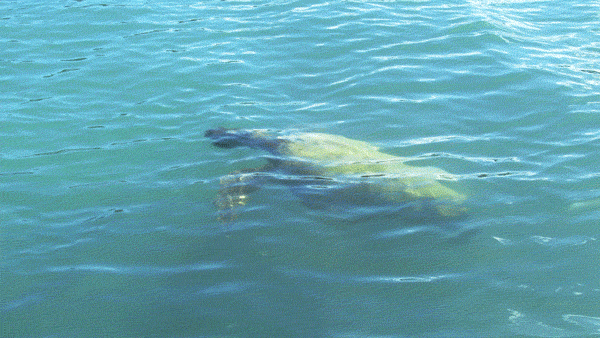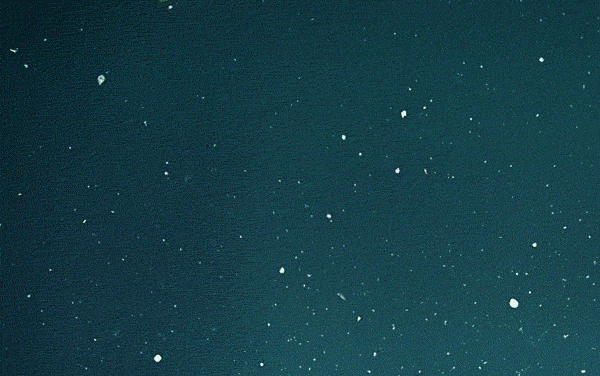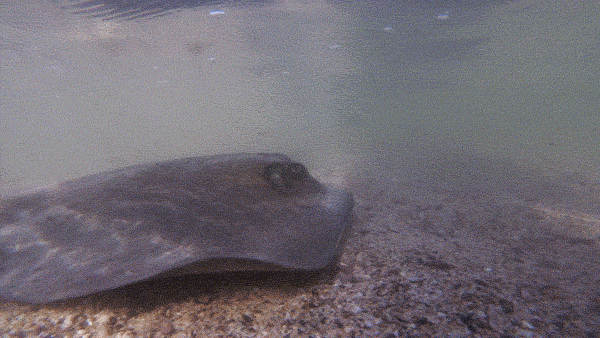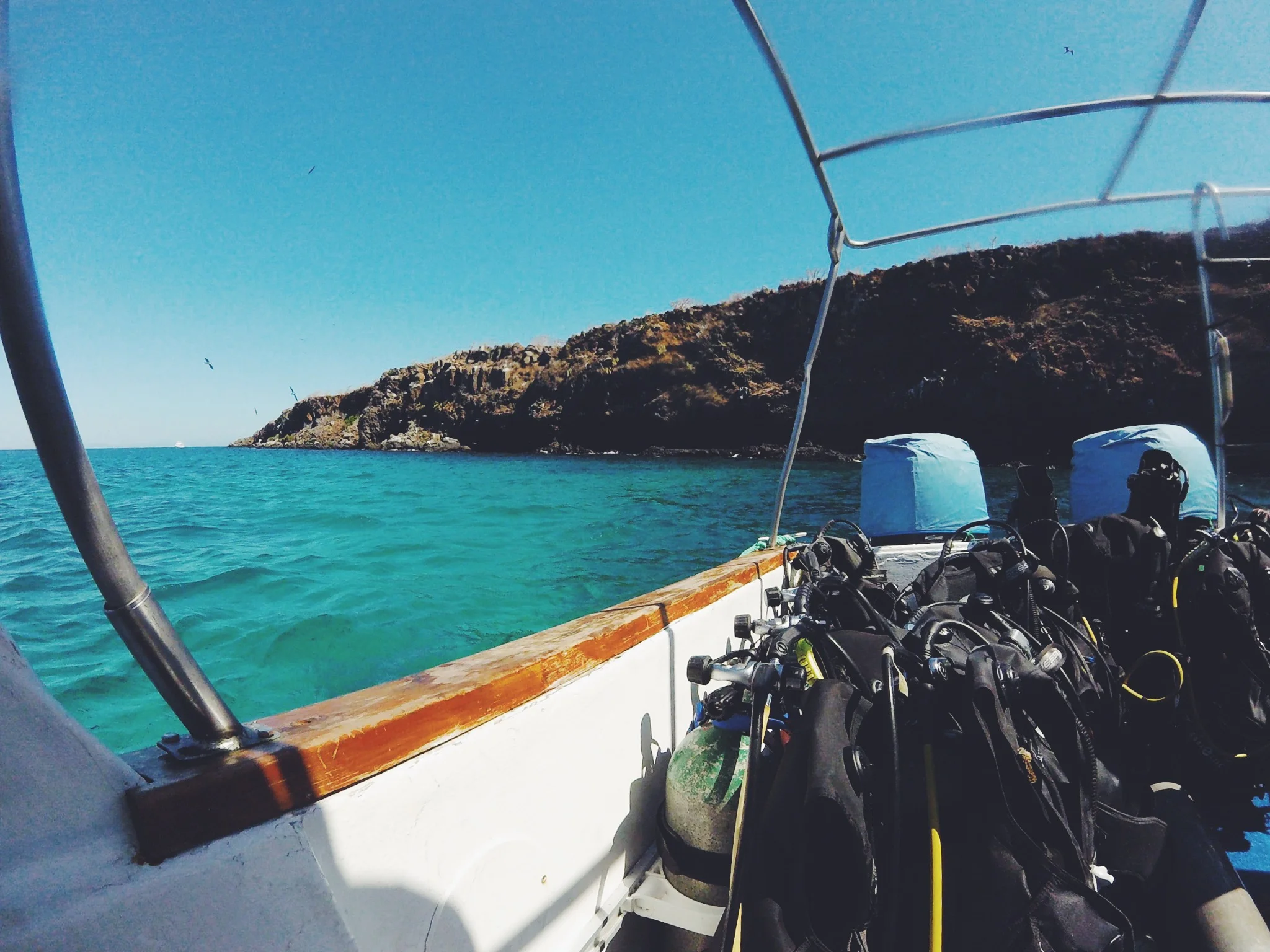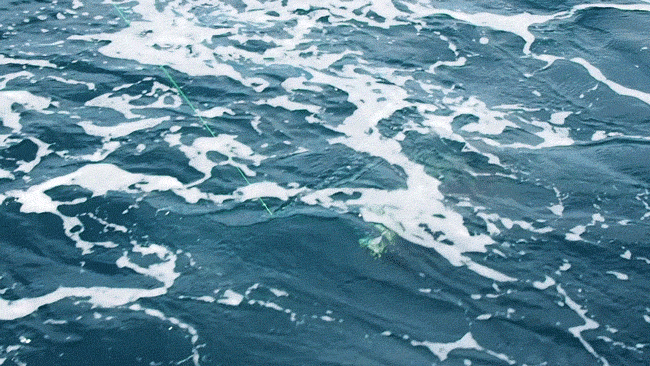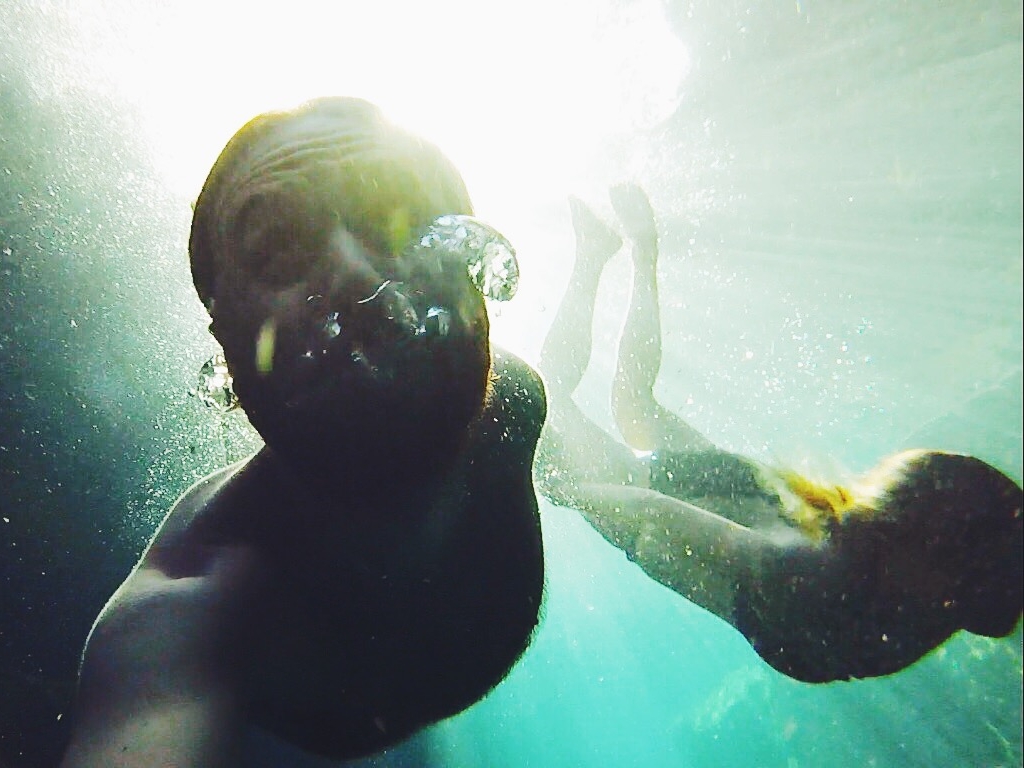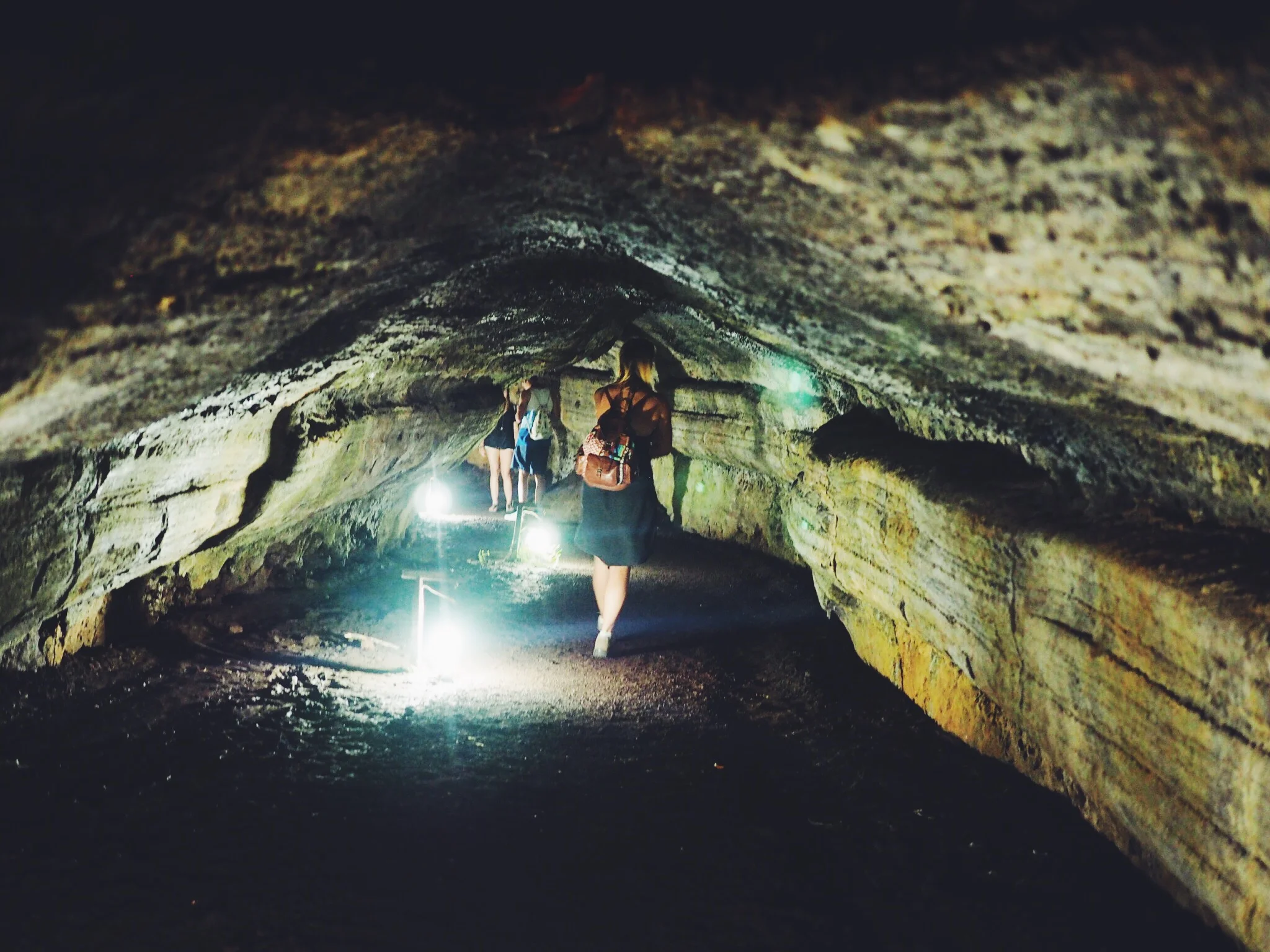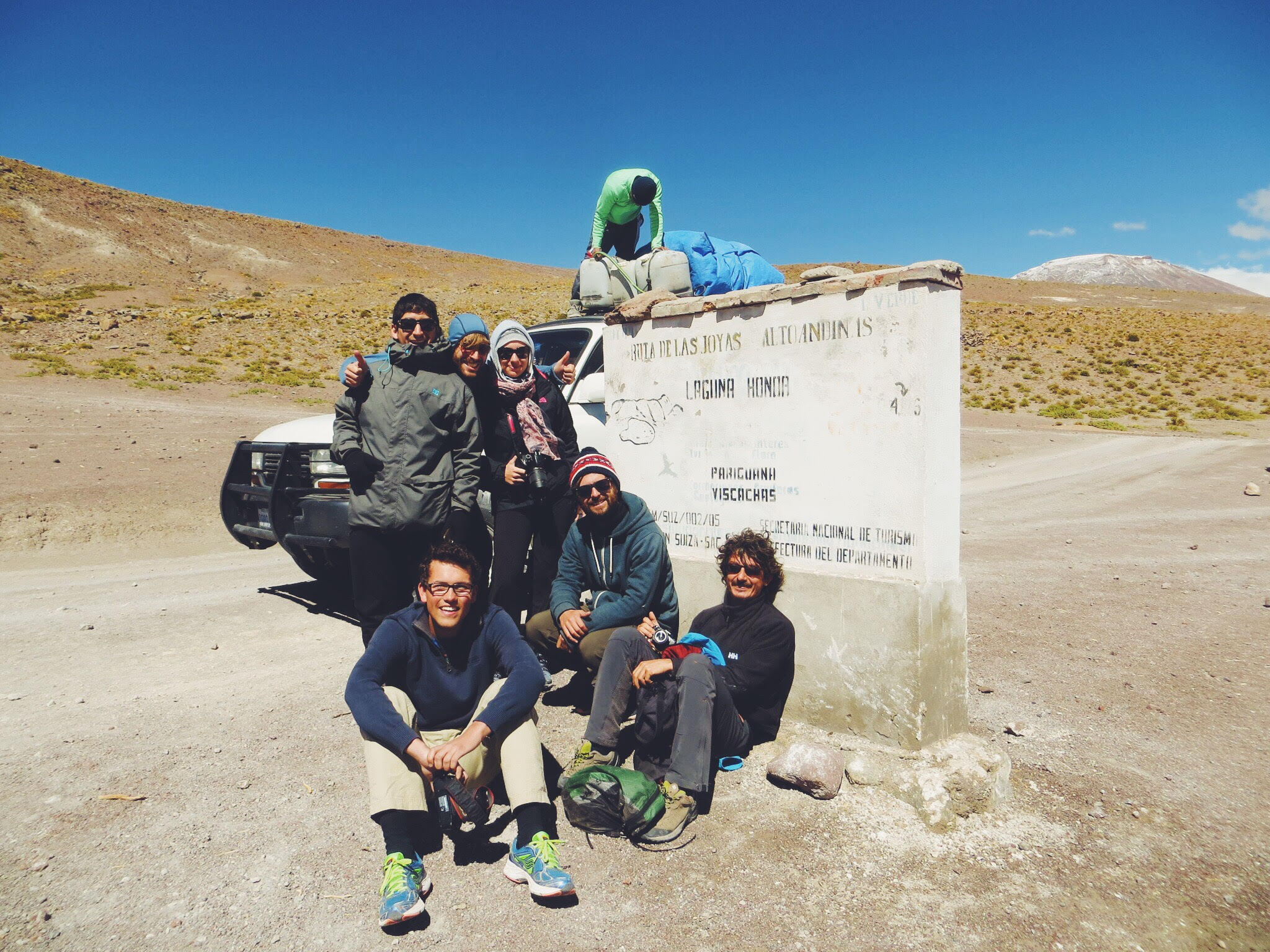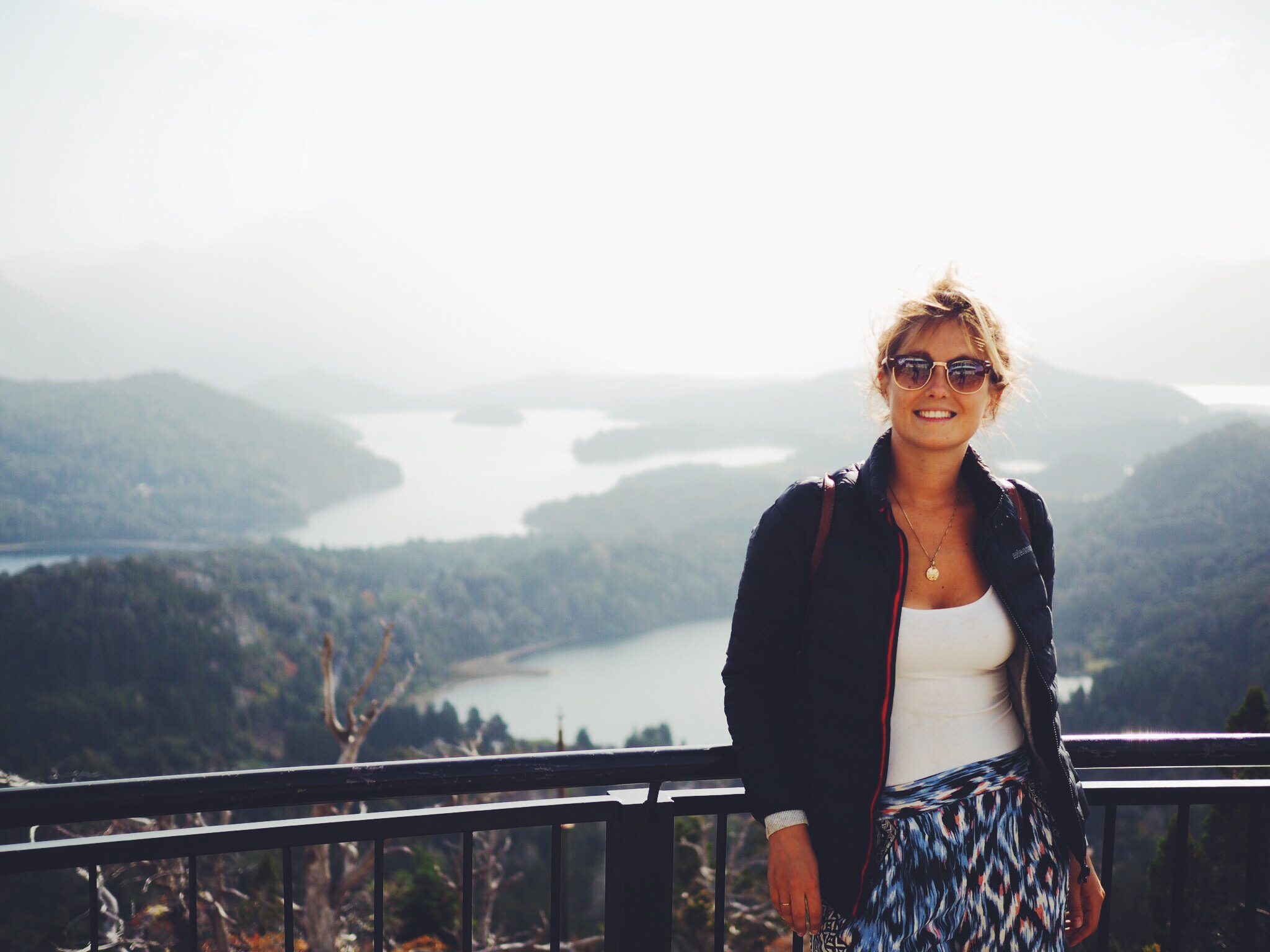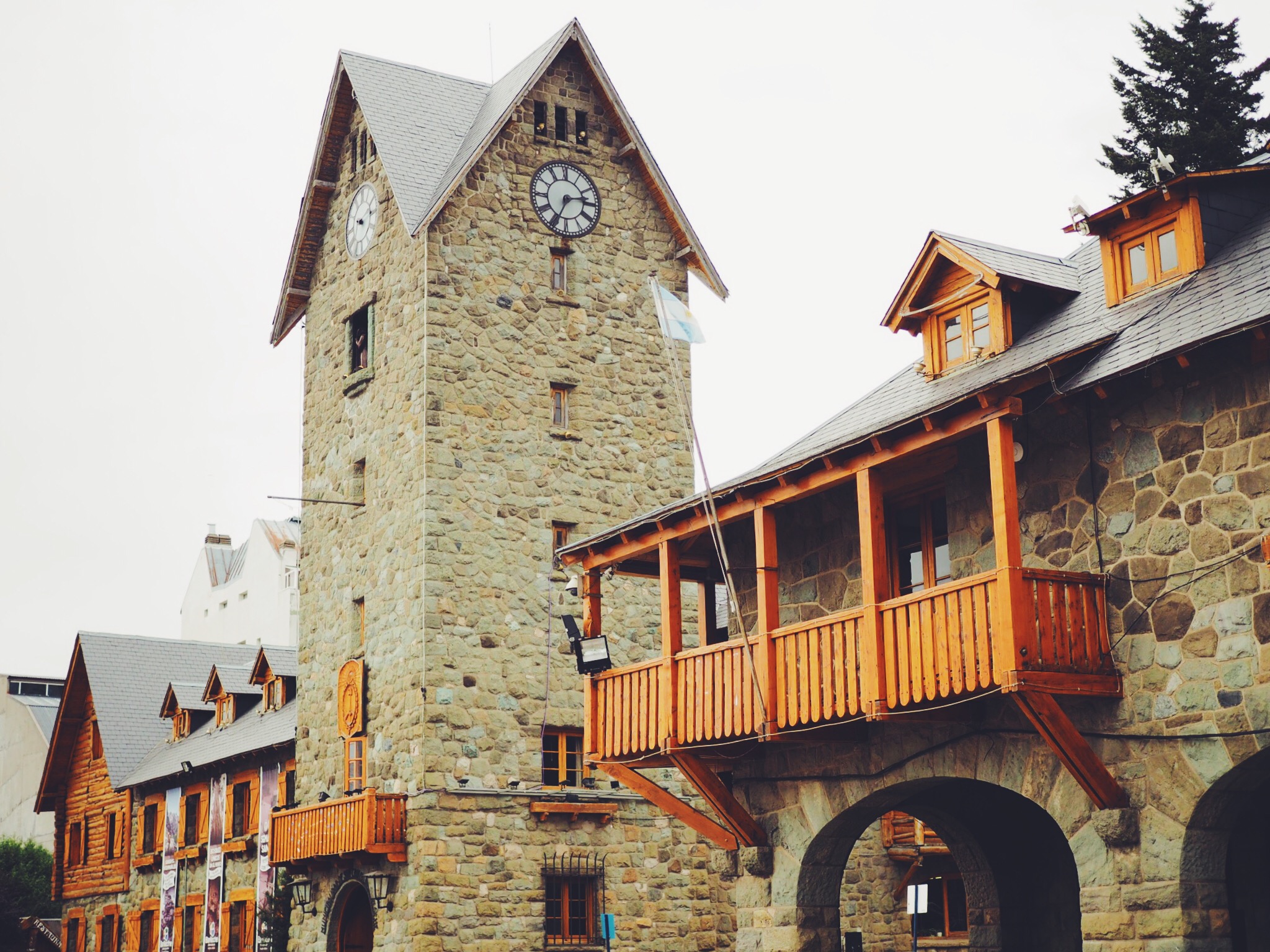Galápagos Islands – Part 1
The Galápagos Islands were positioned firmly at the top of places we wanted to visit in our lifetime. Being the birthplace of Darwins theory of evolution, and with the sheer quantity of endemic species on the numerous volcanic islands, it was somewhere that we had dreamed of going to for quite some time. We had saved for an extra year in order to include it on our trip, and having heard friends and other travellers talk about it as the best place they've ever visited, we certainly had high expectations. Planning for such an experience, especially last minute as we'd been advised to do to keep the cost down, did not come without a little stress. We spent a few days downtime in the small beach town of Mancora in Northern Peru to plan and research the things we wanted to see and do to maximise our time and money.
Due to our flexibility with dates and times, we managed to find a cheap flight a month in advance (almost half the price by using an app called Hopper) from Guayaquil, the largest city in Ecuador located in the South. Our flights gave us a total of 12 days to explore the islands, allowing us enough time for both a 5 day cruise and to organise our own day trips and dives from the main island, Santa Cruz. There was obviously a catch to our cheap flight – an uncomfortable 9 hour layover and sleep on the airport floor in Quito – before getting our second flight to the islands.
We arrived at Baltra Airport at 8am on a small island off the northern tip of Santa Cruz. It took us around an hour to get to the main town of Puerto Ayora (two buses and a short ferry ride) and once we had arrived we scoped out a few hostels for a cheap room. We'd read that there was no need to book accommodation before arrival, and it would be cheaper not to, so were relieved to find a nice private room with a fan at Liori del Mar hostel in the centre of town for around $15 each per night.
Puerto Ayora
After arriving in Puerto Ayora and getting a room our first port of call was to head to the bank to pick up some dollars (the currency used in Ecuador). By the time we'd got money out, we had already bumped into a few sea lions, seen many marine iguanas, red Sally light foot crabs and a couple of turtles had even popped their heads out of the water in the harbour. Continuing through the town we stumbled across a small fish market where sea lions and pelicans were gathered around the stand trying to catch the scraps thrown by the local ladies. We had expected to see lots of wildlife during our time in the Galápagos islands, but having seen around 4 different types animals without even trying we knew we had arrived somewhere extremely special.
That evening we grabbed a beer and headed to the main pier to watch the sun set. Much to our delight the benches had been taken over by sea lions, and so we sat next to them as the sun descended into the horizon. As it went dark, the underwater pier lights turned on, illuminating the abundant marine life below. Among them were hundreds of baby black-tip reef sharks, sea lions darting around the pier pillars and even a large eagle ray surfaced briefly showing us its amazing spotted patterns. It was pretty much like being in an aquarium!
After an hour or so watching life on the pier, we started to get hungry and so headed to the centre of town for some dinner. We had been told to avoid the ‘gringo’ restaurants on the main strip, and so a few streets back found Charles Binford Street (which we named ‘Cheap Street’) where the prices were a lot lower and the food was far more rustic. On arrival we found rows of small fish restaurants with tables that spilled out filling the entire street. We wandered down to have a look, and picked one that took our fancy. Most of the places served fresh dishes for $5-$10, which was great value for the Galapagos. We ordered some grilled fish, rice and potatoes and a large beer, and enjoyed the bustling ambience of the street.
Darwin Centre
We had heard that the Charles Darwin Research Station, located right next to the town, was a little underwhelming, but we wanted to visit anyway to make our own minds up and see what was there. The following day we headed down the dusty path and arrived at a series of buildings that made up the centre. The reserve had been home to the late ‘Lonesome George’, the last remaining giant tortoise of his sub-species from Pinta island, the rarest species on earth. He was a symbol of the importance of preservation of endangered species, but despite breeding efforts George sadly died in 2010, marking the end of the Pinta Island tortoise. We learnt that during the 18th and 19th century pirates had kept the giant tortoise’s aboard their ships for food (as they lived for months), killing more than 200,000 by the late 1900s, and was ultimately one of the main reasons for the loss of the Pinta Island tortoise.
After leaving the main building we headed up a short path to the tortoise reserve where a breeding program had been set up for various endangered species. On arrival we spotted a small walled enclosure where 3-4 Giant tortoises were feeding on lettuce leaves. It was great to see the giant tortoises for the first time but, but we had heard it was much more special seeing them in the wild in the central highlands of Santa Cruz, and so didn’t spend too much time there. We wandered around for a few more minutes to see the rare yellow Galapagos Land Iguana, before heading back into town via the small but picturesque sandy beaches on the way.
Tortuga Bay
Visiting some of the Galápagos many beautiful beaches was something we had been eager to do since arriving, and being in walking distance from the town, Tortuga Bay was the obvious choice. After picking up some empanadas for lunch we set off on the 40 minute walk along the path laid over a sea of cactus plants and vicious looking volcanic rock toward the beach. At first the walk seemed fairly uninteresting, but as we looked closer we noticed many varieties of cactus finches, ground finches and tree finches in the surrounding branches. Although the birds looked fairly uninteresting, knowing that these birds and their beaks sparked the theory of evolution made them really interesting to spot.
After over half an hour of walking in the heat we finally arrived at a breathtaking stretch white sand, with turquoise water, crashing waves and black volcanic boulders dotted along the beach. As we strolled along the perfect soft white sand with the blue reflection of the sky over the wet sand, we both agreed it was probably the most beautiful beach we'd ever seen. We were in paradise! After an hour or so exploring the wildlife around the beach, from birds to marine iguanas we waded through the clear, cool water towards the right side of the beach.
To the right side of the beach we came across a small pool of water that had been trapped by the outgoing tide, and looking closer we noticed it was filled with many juvenile tropical fish. It was the perfect snorkelling spot!
At the end of the main beach we walked a little further to find a smaller lagoon which was equally as picture perfect, a calmer expanse of water surrounded by mangroves. After finding a quite spot to for lunch (and being hounded by greedy finches!) we spent an hour or so snorkelling around the mangroves. Unfortunately the visibility was pretty murky and therefore difficult to see anything, but once we got in the shallows we saw a baby black reef tip shark approach the shore, and even spotted a baby sting ray as it fed in the shallow water. As the sun began to set we headed back toward town and picked up some beers and headed back to our favourite spot at the pier once more.
Diving in the Galápagos
The Galapagos is known to have some of the best diving sites in the world, and so we felt we had to include at least 1 or 2 dives during our time there. The most special dive sites, Wolf and Darwin island are accessed only by 7 day dive trips, and well out of budget, but the sites around Santa Cruz are still considered to have fantastic diving. We wandered around a few of the dive outfits in town to find out the best deals and spots, and settled on visiting Seymour Norte & Mosquera, just north of Santa Cruz.
We left around 7am in a jeep to get the the docks in the north of Santa Cruz, before setting off on our dive boat with 8 others. After being briefed by the dive master and kitting up, we jumped off the boat and began our dive. Within minutes we were surrounded by schools of colourful tropical fish, and once at the bottom we saw many white tip reef sharks in the area. The visibility was pretty good, but unfortunately our camera couldn't pick up the main sightings of the dive - spotted rays and around 6 hammerhead sharks!
Our second day of diving was at Gordon’s rocks, a dive famous for its large shoals of hammerhead sharks. After seeing them on our last dive it was far too tempting to try and see them again in their masses. After another early start and a 40 minute boat ride we reached the two large rocky islands and were briefed about the topography of the dive. The current was pretty strong (apparently it was to do with the full moon) but the visibility was slightly better then the previous dives. During the dive we saw more huge spotted eagle rays, sting rays, sea lions, turtles, lots of fish and one hammerhead. It was slightly disappointing to not experience the large school of hammerheads, however, with such abundance of marine life it was still a really memorable experience.
Pinzon island
Pinzon is a popular island for snorkelling, reachable by boat about 3 hours wast of Puerto Ayora. After speaking with a few agencies in town, we booked up a day tour and met with a group of others by the main docks. We boarded a small speed boat and headed towards the island, passing interesting rock formations as we went. About half way through the journey, the guide and crew shouted and pointed to the fishing rods, as apparently there were fish to be caught in the area.
The crew cast out two thick sea rods with large lures, and chugged the boat along slowly to keep the bait at the right depth. About 5 minutes later, the line started to fly out of the reel with a loud whizzing sound, and one crew member asked who wanted to take the fish in! A broad Argentinian guy who was apparently a keen fisherman looked up to the task, and grabbed the rod, was strapped in with a waist belt and proceeded to tire out the fish. The rod was bending massively under the strain of the fish, meaning something big must be on the end!
After 10 minutes of heaving in the rod and feeding the line back on the reel, the fish finally emerged near the surface with a bright flash of colour - it was a huge yellow-fin tuna! A crew member grabbed the gaf and skillfully hooked the mouth of the huge fish, and pulled it up to the side of the boat. They quickly put the fish out of its struggle with a knife in the head, and after a few minutes they were able to pull it onto the deck. It must have been at least 60 pounds! By chance there were a group of Japanese guys on our boat who were kitted out with seaweed rolls and soy source, and so after the crew masterfully sliced and filleted the fish they brought out a plate of immaculately fresh sashimi for us to share. It was absolutely delicious, and definitely the freshest fish we'd ever eaten.
We then moved on to a snorkelling spot that was renowned for penguins and turtles. The water was much calmer and shallower, meaning the visibility was perfect. Once we jumped in we realised there unfortunately weren't any penguins there, but were many turtles swimming around, and we managed to get really close up to them without them wanting to swim away. There were also a number of sea lions who would playfully circle around us and blow bubbles. It was a great snorkelling spot, and allowed us to get some great footage.
We ended the tour at a small secluded beach called Las Palmas, where we were able to lap up some sun and chill for a while after an action-packed day. Walking to the left of the beach we stumbled across a tree filled with nesting pelicans. It must have been a prime spot for them as there were at least 10 in the same tree, and we spotted couples taking it in turns to collect fish and bring it back for their young. After an hour on the small beach we boarded the boat for the last time and headed back to Santa Cruz.
Academy Bay and Las Grietas
We had one last day to fill before our cruise, and so we decided to take a tour close to Puerto Ayora visiting Las Greitas and Academy bay. As we pulled out of the harbour we spotted many sea lions lounging on the boats, but once we reached the 'Sea Lion Island' there was not one to be seen! (they must have all been fishing!). We then left and came to spot where some Galapagos sharks were lurking in the water, and as we peered over the side of the boat we could see their large brownish shadows passing under the boat. After stopping at a spot close to the cliffs we then put on our snorkels and jumped in. There were a number of brightly coloured fish around, but the real highlight was coming across a giant turtle in the clear and shallow water. He was, as most creatures here, completely unphased by us and we spent over an hour swimming and diving down with her which was a really incredible experience.
The next part of the tour was to visit the marine iguanas, but knowing we were about to see thousands on our tour we decided to stay with the captain and try and swim with the few sea lions that were about. We swam up to the little white sandy beach where we saw a mother sea lion basking in the sun. We then turned around and saw her pup swimming towards us so we slowly approached the water, knelt down, and she playfully popped her head out of the water right in front of us! She turned back to the deeper water and we spent an incredible 10 minutes snorkelling with her as she twisted and turned around us - it was total magic, and an experience we will remember for the rest of our lives.
Our boat then took us to another pier, where after a short walk past some salt flats we arrived at the popular swimming spot, Las Grietas. Las Grietas is a deep, narrow canyon filled with crystal clear water, and a perfect place for a refreshing dip. After diving in and cooling off we had a lot of fun messing around with the GoPro in the incredible blue water, and we even spotted a few colourful fish as we dived down into the surreal sun-lit water. By 6pm the guides said it was time to leave, and so we headed back to the boat and watched the sea lions jumping out of the water around us we headed back to the town.
Giant Tortoises in the Highlands
Next on our list was to see the giant Galápagos tortoises in the wild. The iconic species live in the Santa Cruz highlands, right in the middle of the island where the weather is wetter and with more vegetation. We took a 4x4 collectivo (shared taxi) with two other couples to reduce the cost, and headed to the 'Rancho Primitas', the reserve for giant tortoises located about a 25 minute drive from town. The temperature and landscape changed quite drastically as we ascended to the highlands, with dense cloud covering overhead and lush green trees and tropical plants becoming thicker with each kilometre.
On arrival our taxi driver explained that he would give us a free guided tour of the reserve, which we were happy to take! It was amazing seeing these giant, primitive beasts in the wild, and as expected they were absolutely massive! We watched them slowly strolling around in their natural habitat and had fun taking pictures with them as they feed on leaves from the surrounding bushes. We then approached a big pond where there must have been at least thirty tortoises wallowing near the waters edge, and we could hear them gargling and grunting as they shuffled around to find the perfect spot for a mud bath.
Our taxi driver (and guide) then walked us to some huge lava tunnels not far from the pond. The tunnels were very dark and it was very cool walking through them knowing that they were once flowing with liquid magma from volcanoes that erupted thousands of years ago. We ended our visit trying on some of the tortoise shells in the cafe. Getting inside them really highlighted how giant these tortoises are, and the shells themselves were a lot heavier than we expected!
Our first glimpse of the Galápagos islands were as beautiful and nature-filled and as we had hoped for, and after only 5 days we had already been completely blown away. Although the tours from Santa Cruz were fantastic, we were really looking forward to seeing the other side of the Galápagos Islands, away from the reach of day tours, where the more remote and secluded parts of the islands where even more removed from human contact. Our boat had arrived in Santa Cruz that morning so by 6pm it was time for us to join the cruise. Excitedly we made our way to the harbour for our 5 day adventure around the islands of Isabella, Fernandina and Rabida on the western side of the Galápagos Islands.







